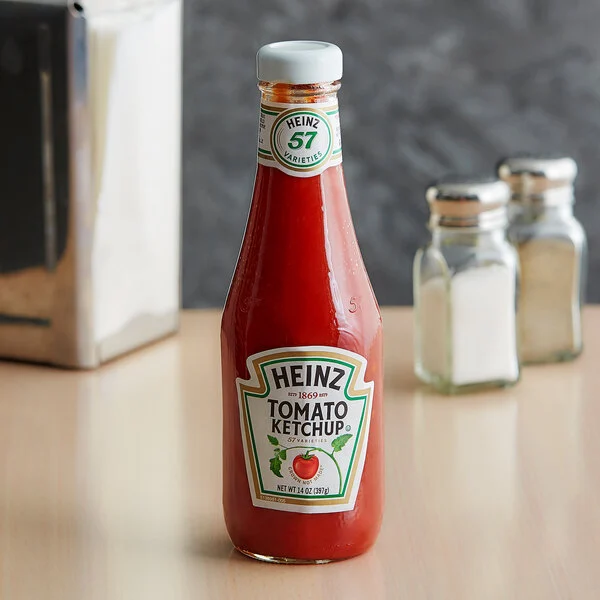
the staff of the Ridgewood blog
Ridgewood NJ, in a landmark move toward cleaner food labeling, Kraft Heinz has announced it will remove all artificial food, drug, and cosmetic dyes from its U.S. products by the end of 2027. The company is the first major food manufacturer to commit to phasing out synthetic dyes following recent guidance from the U.S. Food and Drug Administration (FDA).
This decision aligns Kraft Heinz with growing consumer demand for transparency and natural ingredients and follows pressure from FDA officials and Health and Human Services Secretary Robert F. Kennedy Jr., who have called on food producers to voluntarily eliminate petroleum-based dyes by the end of 2026.
🚫 Goodbye Red 40, Yellow 5, and Blue 1
The FDA’s shift in policy targets the most widely used synthetic dyes in the U.S. food system — including Red 40, Yellow 5, and Blue 1, which collectively account for 90% of all artificial coloring used in food and beverages.
Concerns about these dyes are rising, particularly due to studies suggesting links to behavioral issues in children, such as hyperactivity and attention disorders. While research is ongoing, federal regulators are encouraging brands to act proactively.
✅ 90% of Kraft Heinz Products Already Dye-Free
Kraft Heinz, whose iconic brands include Jell-O, Capri Sun, Kool-Aid, Heinz Ketchup, and Lunchables, says that nearly 90% of its U.S. products by sales volume are already free of artificial dyes. The company will also immediately stop launching any new products containing petroleum-based color additives.
In a statement, Kraft Heinz emphasized its commitment to consumer health and innovation:
“We’re proud to lead the industry in this transition. Removing synthetic dyes is not just about compliance — it’s about listening to what families want and deserve.”
🌍 Global Standards Influence U.S. Shift
Interestingly, Kraft Heinz already sells dye-free products in Canada and Europe, where some synthetic food dyes require warning labels about potential adverse effects. In these markets, the company uses natural alternatives like beet juice, turmeric, spirulina, and vegetable extracts to achieve vibrant, safe colorings.
This global precedent makes the transition smoother for Kraft Heinz in the U.S., where public awareness about food additives has grown in recent years.
🛒 What This Means for Shoppers
Consumers can expect to see more “naturally colored” and “artificial dye-free” labels across Kraft Heinz products in stores, as the company works to meet the 2027 deadline.
Products like Jell-O, Capri Sun, and Kool-Aid, historically known for their bright, artificial hues, will gradually transition to formulations using plant-based or mineral-based colorants — a move welcomed by many health advocates and parents alike.
📈 Industry Impact: Will Other Brands Follow?
With Kraft Heinz setting the pace, other major food companies may soon face consumer and regulatory pressure to adopt similar dye-removal timelines. The FDA’s voluntary guidance is expected to become a standard industry benchmark by the end of 2026.
Experts predict that the “clean label” movement will gain momentum as more families demand transparency in packaged food ingredients.
🧃 Final Thoughts
The elimination of artificial dyes by Kraft Heinz marks a pivotal moment in U.S. food manufacturing. As one of the largest food companies in the world, its commitment sends a strong message that health-conscious, natural ingredients are not only possible — they are the future.
Shoppers and parents should keep an eye on packaging changes throughout 2025 and 2026, as Kraft Heinz leads the charge toward a brighter, cleaner, and dye-free grocery aisle.

will probably look and taste like $hit